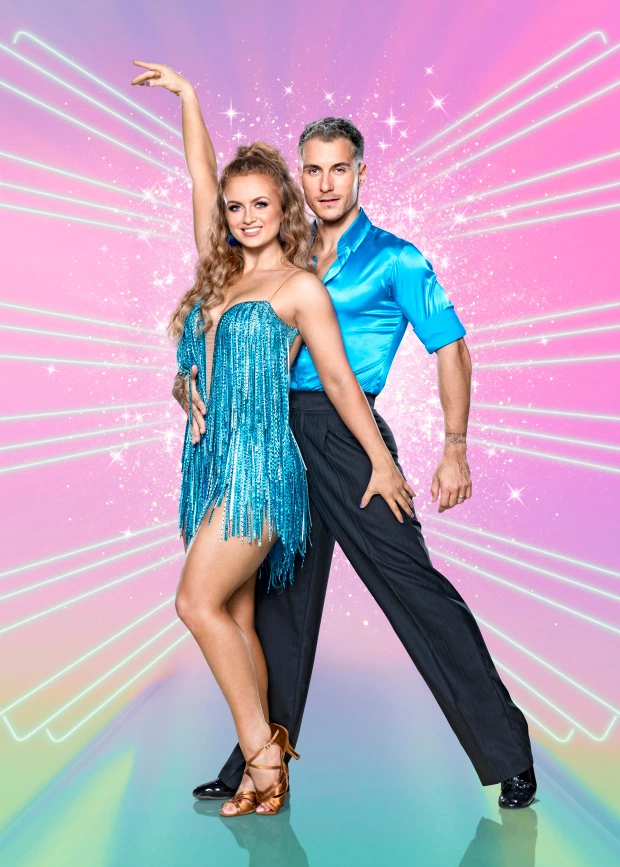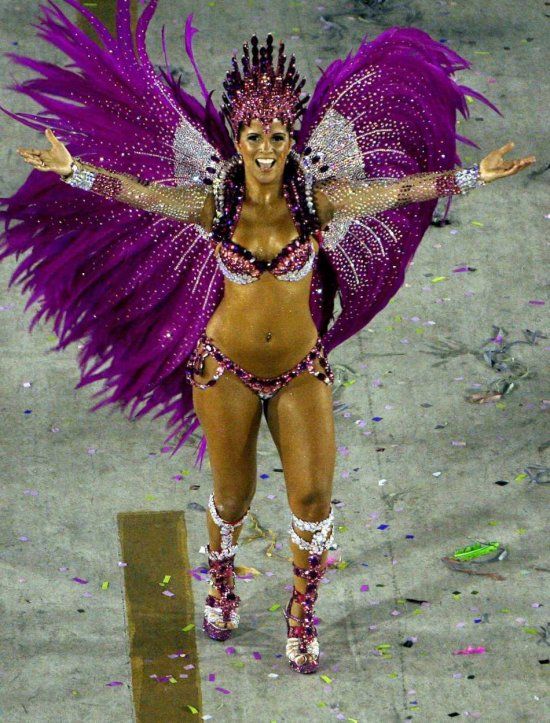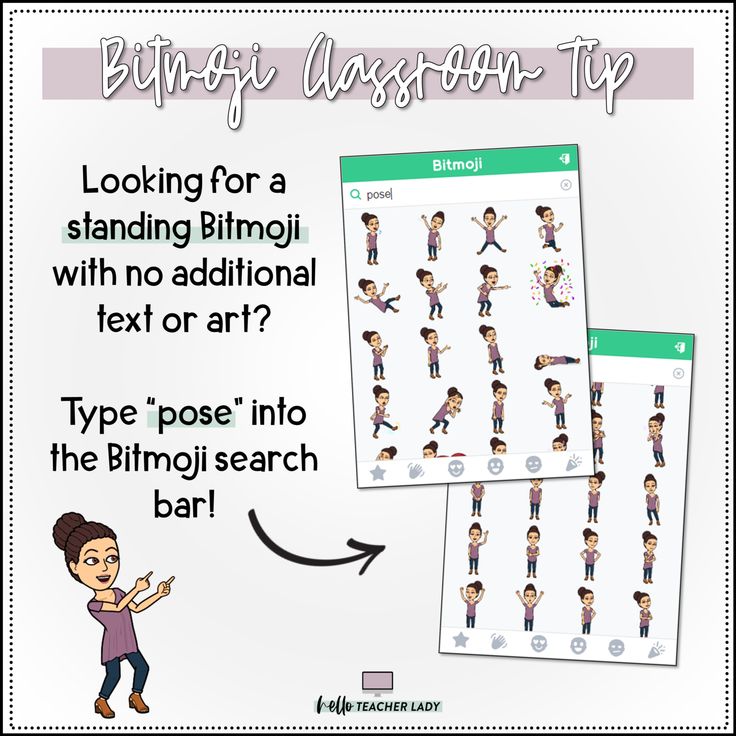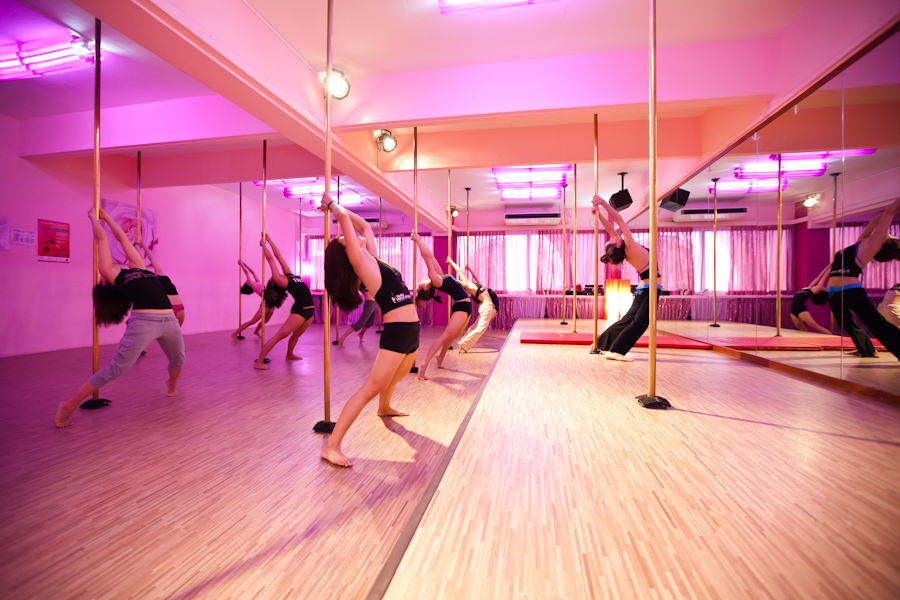How to dance hava nagila
Chanukah Teach and Learn the Jewish Music and dance HAVA NAGILA on the Educational CyberPlayGround.
LEARN HAVA NAGILA and TEACH the Dance
Learn about Chanukah
'Hava Nagilah, What Is It?
HAVA NAGILA
Hava nagila, hava nagila
Hava nagila venis'mecha
Repeat
Hava neranena, hava neranena
Hava neranena venis'mecha
Uru, uru achim
Uru achim belev same'ach
LET US REJOICE & BE GLAD
Let us rejoice
and be glad
Repeat
Let us sing
Awaken brethren
With a cheerful heart.
This is a 6 beat pattern in a 4/4 song.
Learn the Hora - Dance Steps for Hava Nagila
1. Step right foot; cross left foot over right
keep weight on right foot - for 2 beats
2. Bringing left foot back to original position,
Step left foot; cross right foot over left
keeping weight on left foot - for 2 beats
3. Step right foot; left foot steps behind right for 2 beats
HEAR Hava Nagila and compare the different styles of each:
Ben Folds Five
Accordian, tamborine, Flute, Choir
Danny Kay and Harry Belatonte sing Hava Nagila
Klezmer Juice Band
K-12 Education Music Resources Jewish Festival Hanukkah Happy Chanukah
Hanukkah - Chanukah
Festival of Lights
Chanukah begins on the 25th day of the month of Kislev in the Jewish calendar (November/December).
This year marks the first year a Hanukkah lamp (a menorah) was lit in the White House residence. President and Mrs. Bush commemorated the holiday by participating with members of their staff and some of their children in lighting the second candle on December 10, 2001. The 100-year-old lamp was borrowed from the collection of the Jewish Museum in New York.
Collection of recipes and cooking ideas for Hanukkah, including traditional foods such as latkes and sufganiyot (Israeli jelly donuts), vegetarian recipes, seasonal menus, kosher wine suggestions, baking projects such as rugelach and cream cheese Hanukkah stars, and more.
Chanukah, the Festival of Lights, is a joyous celebration about the miracle of the oil that burned for eight days when there was only enough oil left in the temple for one day!
The Story of Chanukah
The Online Menorah
Introduction to the meaning of Hanukkah and the Hanukkah menorah.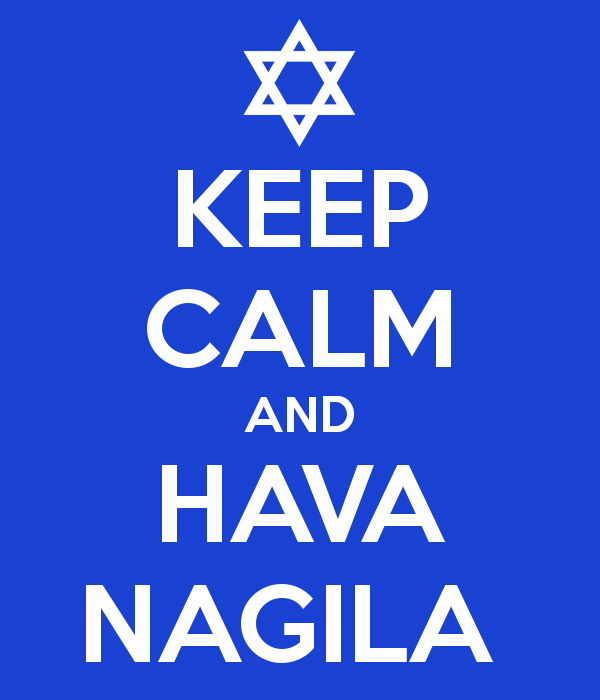 Features background about why Hanukkah is celebrated, the basic rules associated with the use of the menorah (what one may use to light the candles, and how one lights the candles), and audio, with English translations, of three blessings that are recited when the candles are lit. Also includes links to more detailed material about Hanukkah. From a Jewish outreach and education group.
Features background about why Hanukkah is celebrated, the basic rules associated with the use of the menorah (what one may use to light the candles, and how one lights the candles), and audio, with English translations, of three blessings that are recited when the candles are lit. Also includes links to more detailed material about Hanukkah. From a Jewish outreach and education group.
HUMOR / FUN
Cleaning and Cooking
[Sung to the tune of "These are a few of my favorite things"]
Cleaning and cooking and so many dishes
Out with the hametz, no pasta, no knishes
Fish that's gefillted, horseradish that stings
These are a few of our Passover things.
Matzoh and karpas and chopped up haroset
Shankbones and Kiddish and Yiddish neuroses
Tante who kvetches and uncle who sings
These are a few of our Passover things.
Motzi and maror and trouble with Pharoahs
Famines and locusts and slaves with wheelbarrows
Matzoh balls floating and eggshell that cling
These are a few of our Passover things.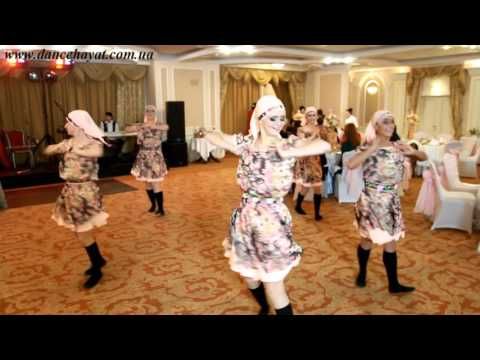
When the plagues strike
When the lice bite
When we're feeling sad
We simply remember our Passover things
And then we don't feel so bad.
PASSOVER
Robots of the R&D Institute for Intelligent Robotic Systems, Computer Science Department
PASSOVER
Take Me Out To The Seder
(To the tune of, of course, "Take Me Out to the Ballgame!")
Take me out to the Seder
Take me out with the crowd.
Feed me on matzah and chicken legs,
I don't care for the hard-boiled eggs.
And its root, root, root for Elijah
That he will soon reappear.
And let's hope, hope, hope that we'll meet
Once again next year!
Take me out to the Seder
Take me out with the crowd.
Read the Haggadah
And don't skip a word.
Please hold your talking,
We want to be heard.
And lets, root, root, root for the leader
That he will finish his spiel
So we can nosh, nosh, nosh and by-gosh
Let's eat the meal!!!
The Eight Nights of Passover
(To the tune of 'The Twelve Days of Christmas')
On the first night of Passover my mother served to me:
1) a matzo ball in chicken soup
2) two dipped herbs
3) three pieces of matzah
4) four cups of wine
5) five gefilte fish
6) six capons baking
7) seven eggs a boiling
8) eight briskets roasting
Pharaoh doesn't Pay
(To the tune of "I've been Working on the Railroad")
We've been working on these buildings;
Pharaoh doesn't pay.
We've been doing what he tells us
Mixing straw with clay.
Can't you hear the master calling,
"Hurry up, make that brick!"
Can't you feel the master whip us
'Til we're feeling sick.
Oy vay, it's a mess,
A terrible distress,
Oy vay, it's a mess for Jews, us Jews.
Moshe's in the palace with Pharaoh,
Warning of all God's clout, clout, clout.
Moshe's in the palace with Pharaoh,
And God's gonna get us out!
We're singing . . . .
Fee, Fi, Fiddely eye oh,
Make our matzahs "to go" oh oh oh.
Fee, Fi, Fiddely eye oh,
Stick it to the ol' Pharaoh!
Moses Island
(Sung to the tune of Gilligan's Island)
Just recline right back and you'll hear a tale, a tale of a dreadful trip.
That started with ten awful plagues brought onto Egypt, brought unto Egypt.
The boss he was a Jewish man raised as a Pharaoh's son.
Then G-d he did come calling and soon the fun begun.
Soon the fun begun.
More blood, such frogs, and all those bugs, Pharaoh could just barely see.
The Jews were really scoring points and soon they would be free.
And soon they would be free.
They shlepped and shlepped for forty years across a desert land.
He went up to Mt Sinai and a party soon began.
A party soon began.
Moses, the Pharaoh too, Aaron and his wife. Marianne the skipper too here on the desert island.
Twas the night after Seder
'Twas the night after Seder, and all through the house
Nothing would fit me, not even a blouse.
The matzah, the farfel, the charoset I ate,
After both the Sedarim, had gone to my waist.
When I got on the scales there arose such a number!
When I walked over to shul (less a walk than a lumber),
I remembered the marvelous meals I'd prepared;
The turkey with gravy, the beef nicely rared,
The wine and the matzo balls, the Migdal pareve cheese
The way I'd never said, "I've had enough; no more, if you
please. "
"
As I tied myself into my apron again I spied my reflection and disgustedly, then I said to myself, "you're such a weak wimp,"
"You can't show up at shul resembling a blimp!"
So--away with the last of the meatballs so sweet,
Get rid of the turkey, chopped liver and meat.
Every last bit of food that I like must be banished
Till all the additional ounces have vanished.
I won't have any more macaroons from the box,
I can't wait til next week. (Ah, the bagels and lox.)
I won't have any luxion, farfel or p'chah,
I'll munch on a carrot or wire shut my own jaw.
It's a three day yom tov and shabbas is still
Ahead of me with another fleshiks meal to fulfill.
If I have to cook one more chicken, I think I will riot.
So a zisn pesach to you all and to all a good diet!
Jewish Classics
Symbols for Kosher
Mazel Tov, Mis Amigos was released in 1961 by the venerable jazz label Riverside Records. It claimed to be the work of Juan Calle and His Latin Lantzmen but was actually recorded by some of the preeminent jazz and Latin music players of the time — including Doc Cheatham, Clark Terry, Ray Barretto and Charlie Palmieri. It featured a Yiddish theater classic performed as a Dominican merengue, as well as a song about a cigarette seller done as a quick-step mambo. "Havah Nagilah" was played as a cha cha.
It claimed to be the work of Juan Calle and His Latin Lantzmen but was actually recorded by some of the preeminent jazz and Latin music players of the time — including Doc Cheatham, Clark Terry, Ray Barretto and Charlie Palmieri. It featured a Yiddish theater classic performed as a Dominican merengue, as well as a song about a cigarette seller done as a quick-step mambo. "Havah Nagilah" was played as a cha cha.
Israeli music is diverse and combines elements of both western and eastern music. It tends toward eclecticism and contains a wide variety of influences from today's Jewish diaspora. It also makes use of modern cultural importation. Hassidic songs, Asian and Arab pop, especially Yemenite singers, hip hop and heavy metal are all part of the musical scene.
Israel's canonical folk songs often deal with Zionist hopes and dreams and glorify the life of idealistic Jewish youth who intend on building a home and defending their homeland.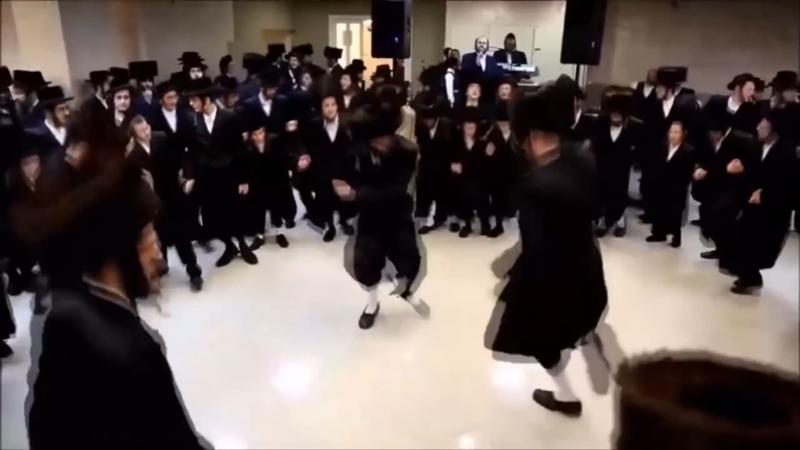 These are usually known as Songs of the land of Israel (י ארץ ישראל). Israel is also well-known for its famous classical orchestras and the Israeli Philharmonic Orchestra under the management of Zubin Mehta has a worldwide reputation. Dudu Fisher, Itzhak Perlman and Pinchas Zukerman are some of the more renowned classical musicians from Israel.
These are usually known as Songs of the land of Israel (י ארץ ישראל). Israel is also well-known for its famous classical orchestras and the Israeli Philharmonic Orchestra under the management of Zubin Mehta has a worldwide reputation. Dudu Fisher, Itzhak Perlman and Pinchas Zukerman are some of the more renowned classical musicians from Israel.
Music styles popular in Israel include pop, rock, heavy metal, hip hop and rap, trance (especially Goa trance and psychedelic trance), Oriental Mizrahi music and ethnic music of various sorts. Israel has won the Eurovision Song Contest three times (1978, 1979, 1998).
Read the history and listen to HaTikvah the Israeli National Anthem
Jewish American Heritage Month This Web site, created collaboratively by the Library of Congress, National Archives and Records Administration, National Endowment for the Humanities, National Gallery of Art, National Park Service, Smithsonian Institution, and United States Holocaust Memorial Museum, offers students a glimpse into the life experiences of the generations of Jewish Americans who contribute to the fabric of American history, culture, and society.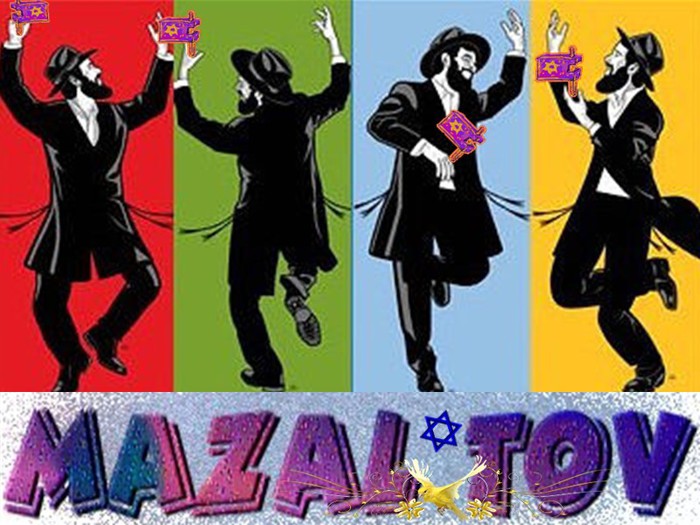
2009 Rosh Hashanah Jewish Year 5770 Greetings from President Obama
Israel National Anthem Hatikvah sung by Carla Benson Lead Background vocalist for the Funk Brothers 2x Grammy Winning movie Standing in the Shadows of Motown.
Rosh Hashana party in Bhagsu India
The Golem, a Jewish giant with glowing eyes and supernatural powers, is lurking once again in the attic of the Old-New Synagogue here.
Hava Nagila | Lyrics - MakingMusicFun.net
from the MMF Songbook
History for 'Hava Nagila'
Hava Nagila translates as, "Let us Rejoice". It is a Hebrew folk song traditionally sung at Jewish celebrations. The melody is based on a Hassidic Nigun and was composed in 1915. There are competing claims of who wrote the lyrics. It is believed it was either written by Abraham Zevi Idelsohn or Mose Nathanson.
Hebrew Lyrics for 'Hava Nagila'
Hava nagila
Hava nagila
Hava nagila
ve-nismeḥa
(repeat)
Hava neranenah
Hava neranenah
Hava neranenah
ve-nismeḥa
(repeat)
Uru, uru aḥim!
Uru aḥim be-lev sameaḥ
(repeat line four times)
Uru aḥim, uru aḥim!
Be-lev sameaḥ
English Translation for 'Hava Nagila'
Let us rejoice
Let us rejoice
Let us rejoice and be happy.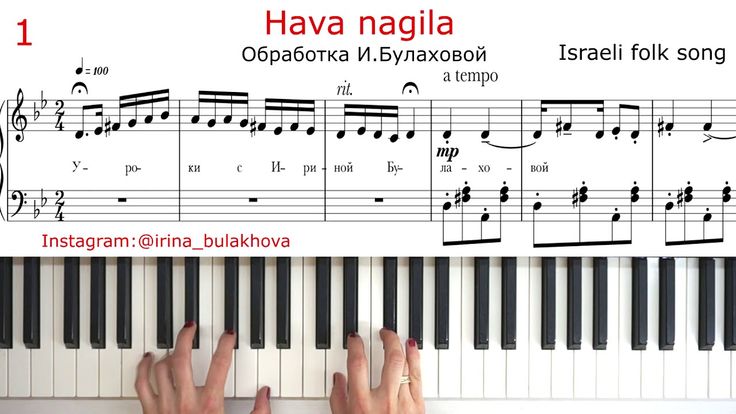
Let us sing
Let us sing
Let us sing and be happy.
Awake, awake, my brothers!
Awake my brothers with a happy heart.
Awake, my brothers!
Awake, my brothers with a happy heart
Dance for 'Hava Nagila'
Dancers all join hands in a circle.
(Or the men can hold a handkerchief with their
female dance partners holding the other end.)
Dancers move in a circle following these steps:
1) Step the left foot across to the right
2) Let the right foot follow
3) Step the left foot in back of the right
4) Follow again with the right
This "grapevine" like motion is done in an exuberant
circular motion to the right. Dancers may sing and
the band may speed up the tempo.
Dance Variation
Dancers may form concentric circles, sometimes
dancing in opposite directions
At bar mitzvahs, the youth being celebrated may
be lifted on a chair by several strong people in
the center of the circle or even along the motion
of the circle
At Israeli weddings, as well, it is traditional
to raise the bride and groom (and sometimes other
family members) on chairs as well.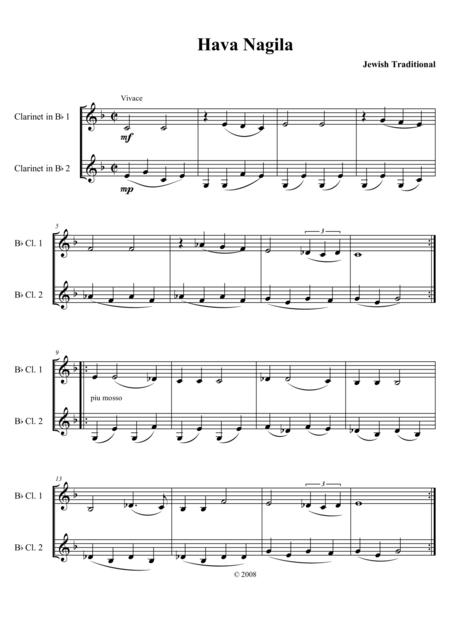
Browse Related Resources for 'Hava Nagila'
Piano Sheet Music
Hava Nagila | Hebrew Folk Song for Easy/Level 4 Piano Solo
Best Sellers for Piano & Guitar Sheet Music
-
MMF Print. Get Unlimited Music Lesson Resource Downloads and Save - $36/Year
-
Try the Online Piano Lessons Kids LOVE... for FREE!
-
MMF! All-In-One Piano Primer Book for the Young Beginner
-
MMF! All-In-One Piano Book, Level 1A
-
Beginner Guitar Chord Chart
New Products for Piano and Guitar Sheet Music
-
Amazing Grace | Easy Piano Sheet Music - Contemporary
-
Symphony No. 5 in C Minor (Beethoven) - 1st Mvt | Easy Piano Sheet Music
-
Piano Bump | 3-in-1 Skill Building Game for Kids
-
Prelude In D Major (Carcassi) Easy Guitar Solo (Tab)
-
Baa, Baa, Black Sheep | Beginner Guitar Sheet Music (Tab)
Hava Nagila - dance of joy and fun
10
+10
0
| Folk dances
Dances of the peoples of the world
Incendiary Hava Nagila
Everyone must have heard more than once, and certainly danced to the fiery melody of this world-famous melody. Hava Nagila is one of the most famous Jewish national melodies today. Its popularity around the world has expanded so much that it is considered almost the unofficial anthem of the Jews. nine0004
Hava Nagila is one of the most famous Jewish national melodies today. Its popularity around the world has expanded so much that it is considered almost the unofficial anthem of the Jews. nine0004
Where did such a memorable national dance with the optimistic name "Let's rejoice" come from?
Let's rejoice!
Hava Nagila was not always so well known by this name - in fact, it was originally just Nigun or "wordless Melody" that originated among the Jews in Eastern Europe. As with many folk melodies, no one really knew who originally wrote it, but it was just one of many ancient Hasidic folk melodies until the folklore collector Abraham Zvi Idelson rewrote it at 1918 year.
Hava Nagila: when the holiday is around
Called the "father of Jewish musicology", Idelson chose this tune for a festive concert dedicated to the defeat of the Ottoman Empire in the First World War and the entry of British troops into Jerusalem. And the melody was timed to coincide with the promulgation of the Balfour Declaration. Idelson put words (in Hebrew) from a psalm about celebration and brotherhood to the melody.
Idelson put words (in Hebrew) from a psalm about celebration and brotherhood to the melody.
Hava Nagila: singing and dancing
The song and dance (known as The Mountain but immediately associated with the song) became an immediate hit among the common people, and then the biggest pop stars began to include it in their repertoire. Part of the success of this song and dance lies in the unusual tempo, which is very slow at the beginning and gradually speeds up as the melody progresses. This is, firstly, subconsciously associated with growing joy (especially if you take into account the words of the song), and secondly, it makes it possible for even the most inexperienced person to learn the dance movements right during it. nine0004
Zava Nagila: everyone dances
Hava Nagila has been performed at various social events, from parties, to bar mitzvahs and bat mitzvahs. The folk dance of the Jews and Romanians "Mountain" has become inextricably linked with the Hava Nagila melody and is now better known around the world under this name.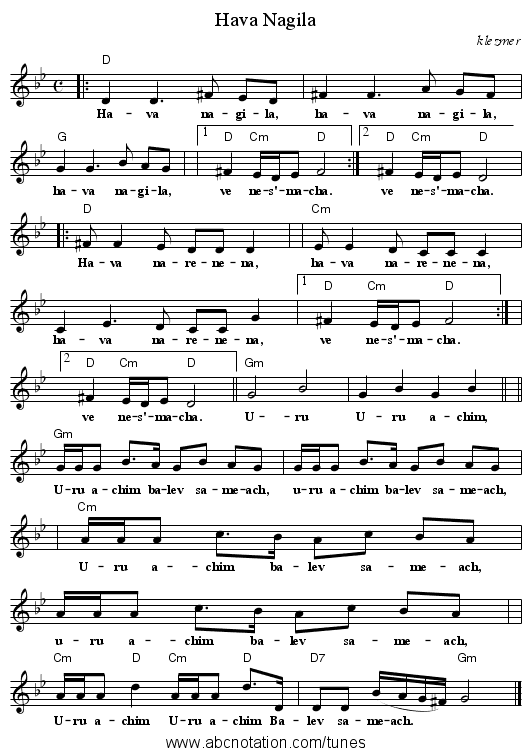 Interestingly, the first recordings of Hava Nagil, made in Europe in the 20s, had a rather slow tempo. The Rhythm of Horus was added later.
Interestingly, the first recordings of Hava Nagil, made in Europe in the 20s, had a rather slow tempo. The Rhythm of Horus was added later.
Jewish holiday dance
This amazingly easy and fun dance is now one of the most popular dances at parties and weddings around the world.
Jews, Hasidim, Hava Nagila
Share a link
Comments
Blog tags
Find a tag:
Follow @4dancing
4dancing
Small Mosaic
large mosaic
Jewish Dance - Choreographic Ensemble Inspiration
Folk dances reflect the life, traditions, soul of their people. All the beauty, love of freedom and the peculiarity of centuries of history.
Dance groups performing national dances experiencing a storm of emotions that are reflected in every movement to the national rhythms.
Jewish folk dance is a mixture of religion, morality, temperament of the age-old history of the ancient people.
The history of the formation of Jewish dance
Jewish dance originated over the description of biblical motives and legends, the cultural heritage of the Jewish nationality. At their peak, they were an important part of the religious ceremony and ritual actions. In modern times, these historical values have been preserved in several community associations. nine0004
At their peak, they were an important part of the religious ceremony and ritual actions. In modern times, these historical values have been preserved in several community associations. nine0004
Jewish national dance expresses different emotions: joyful, mournful, reflecting a certain time, place, events. Now many dances are performed at funerals, religious celebrations. Musical accompaniment - klezmer music.
Jewish dance has been formed and developed for a long time, combining the traditions of the Jews, paganism, with which they coexisted. The basic rule remains of those times, men and women dance separately during the official event. nine0004
Watching a Jewish dance is an opportunity to plunge into the culture of this people, feel all the emotions, feelings, centuries-old history.
The best Jewish dances are divided into three known genres.
Major genres and movements in Jewish dance
Dance Ensemble in their folk dance program to Israeli music. It combines different forms of dance and traditional steps, there are even ballet steps. Consider the more common dances of this bright and unique people. nine0004
- Jewish dance Chava Nagila is translated from Hebrew as “let's rejoice”. And the whole dance is built precisely on these bright, kind and incendiary emotions, which are transmitted by all dance participants and guests.
It all started with a song, and only then it turned into a bright dance. The melody is built on Hasidic ancient music. Subsequently, the author Abraham Zvi Idelson wrote the words to this melody. The words of the song are dedicated to the Balfour Declaration, thanks to which the Jews received the right to create their own state in part of Palestine. nine0004
nine0004
A bright, light, cheerful composition later developed into a vital dance. The dance begins slowly, then accelerates and ends with a powerful pace.
It is performed at absolutely all holidays and events, both by Jews and all over the world, as it has gained popularity among all peoples.
- Jewish dance 7 40 appeared much later than the main traditional dances. The world learned about him in the twentieth century and gained great popularity in the post-Soviet territory. The melody is incendiary, the words came from the people. The name appeared unexpectedly, there are no reliable sources, in connection with this, various versions of its origin appeared. nine0072
Here are a few of these options:
- there is a holiday of the Jews "Simchat Torah", during its celebration the people had noisy fun, sang and danced, and the Russian people gave it such an interesting name in consonance with the holiday.
 nine0072
nine0072 - According to the legend, it was at seven forty that Jesus Christ entered the gates of Jerusalem.
- perhaps, at one time it meant the movement of transport: by locomotive and trains, exit from the parking lot, the beginning of movement and completion.
Each version is interesting in its own way, and to some extent plausible. What actually happened remains an unknown fact.
Jewish dance video get acquainted in more detail with the costumes, movements, features of each dance. Everyone can learn how to perform them, one might say, as per instructions. It all depends on desire and aspiration.
The memory of centuries in the Jewish dance
All Jewish dances carry historical events, the experiences of the people, their historical movement and development.





